Throughout France, stone silhouettes still stand in fields, forests, or by the sea. They existed long before villages and roads, witnesses to a world that believed in the sky and hidden forces of the earth. These menhirs, erected over five thousand years ago, in their own way narrate the dawn of civilizations. Some are solitary, others are arranged in rows of hundreds. Some bear engraved faces, others remain silent, smoothed by Breton winds or the rain of the Central Massif. From Carnac to Corsica, from Poitou to the Côtes-d’Armor, these upright stones maintain a strong presence, almost human. Approaching them, one senses the ancient connection between human hands and the memory of the land.
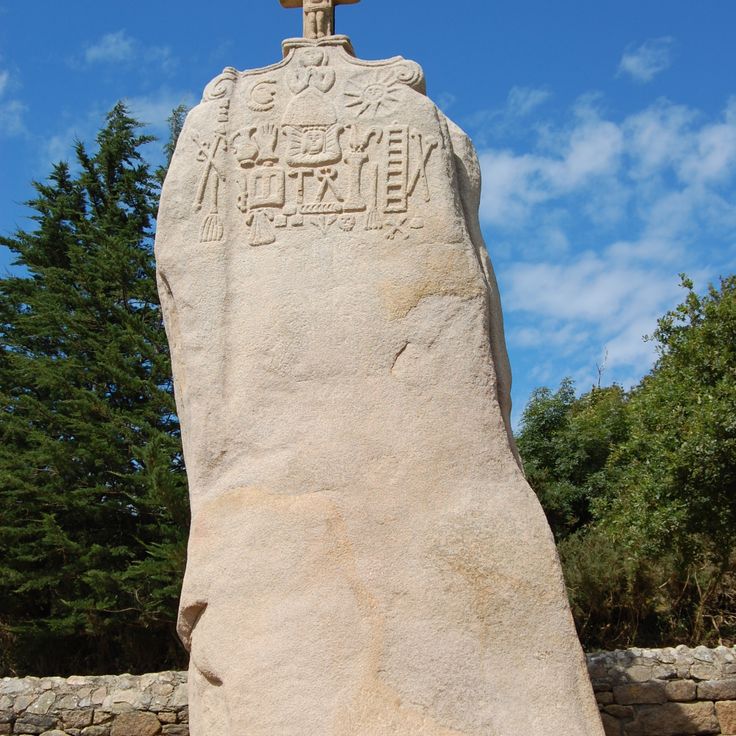
Pleumeur-Bodou, Côtes-d'Armor, France
In Pleumeur-Bodou, a granite stone over seven meters tall still bears marks from the Neolithic period. In the 17th century, Christian symbols were carved into it, proving that the sacred has never left this place.
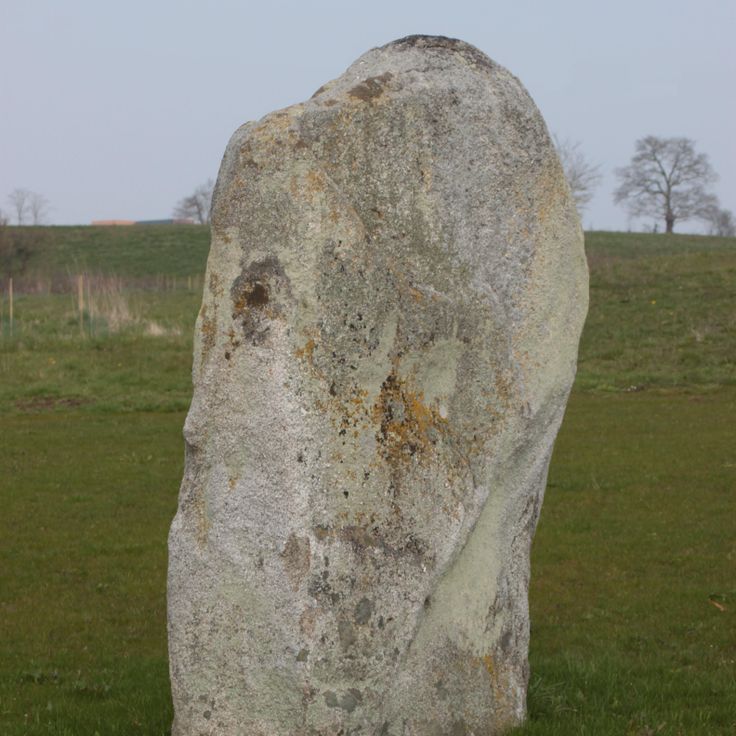
Cholet, Maine-et-Loire, France
A four-meter-tall Neolithic stone with a flat top stands at the edge of the forest among oaks and beech trees.

Plourin, Nord Finistère, France
Capped on a cliff overlooking the Morlaix bay, this granite giant has watched over the sea for millennia. The strength of Brittany's mineral nature is felt here.

Plozèvet, Southern Finistère, France
A modern commemorative stone from 1989 celebrating the 200th anniversary of the French Declaration of the Rights of Man.
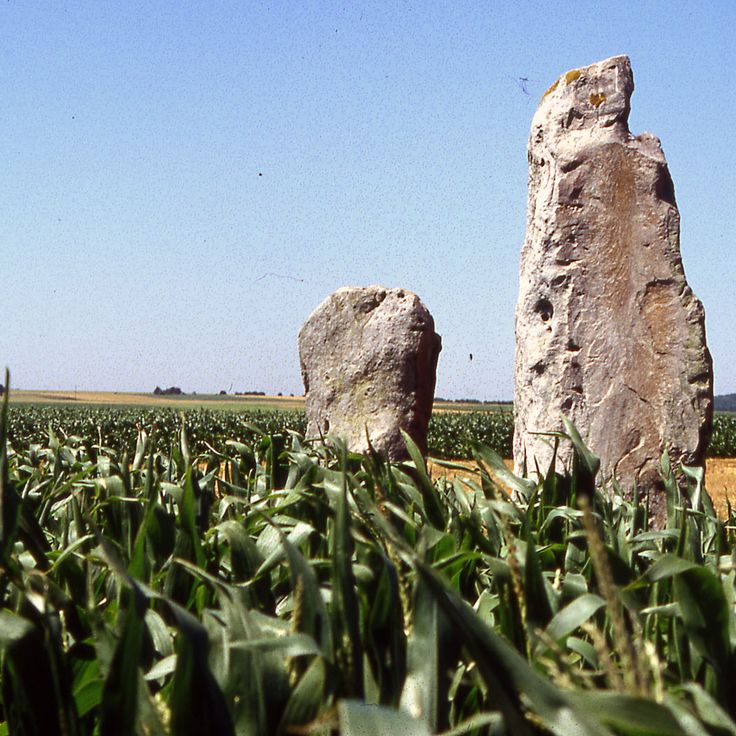
Mont-Saint-Éloi, Pas-de-Calais, France
Two four-meter granite megaliths stand at a 45-degree angle to each other on top of a hill.

Cairon, Calvados, France
This five-meter tall menhir made of gray granite displays engraved spiral and linear patterns on its northeastern face and was restored in the 18th century.
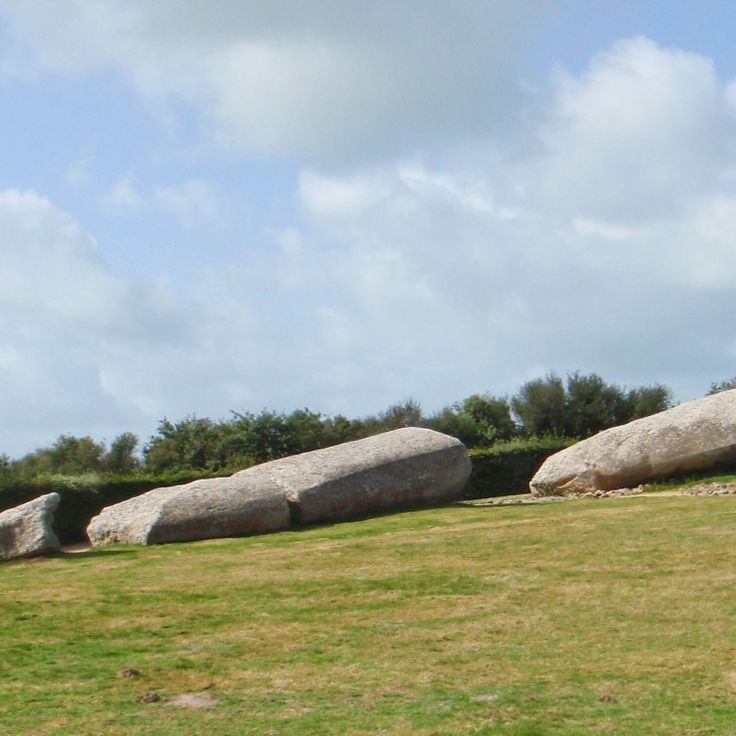
Locmariaquer, Morbihan, France
This broken Neolithic granite monolith once reached twenty meters in height and weighed approximately 280 tons before earthquakes split it into four large fragments scattered across the site.

Huelgoat, Finistère, France
Balanced on a tiny base, this 137-ton mass moves on contact. It looks like a granite miracle, defying the laws of gravity.
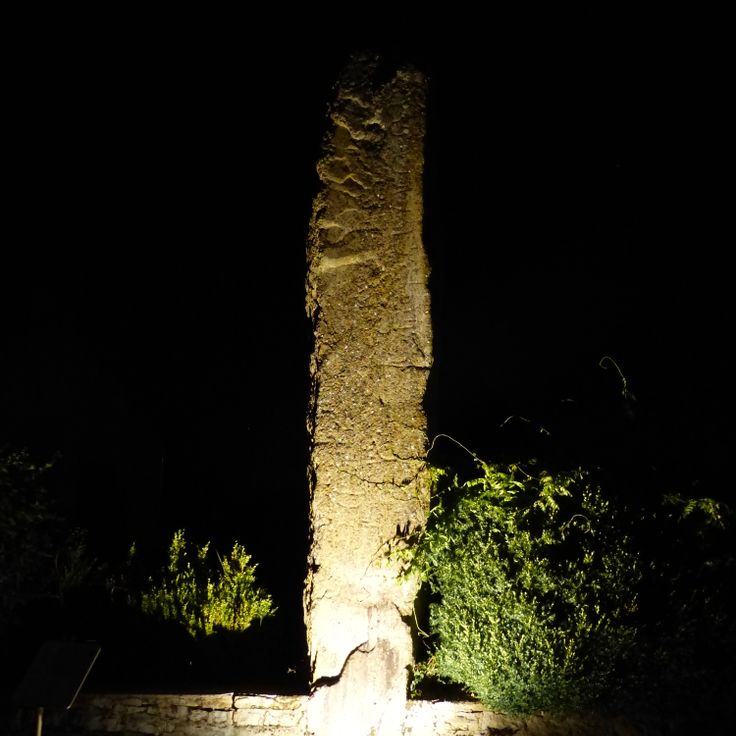
Saint-Micaud, Saône-et-Loire, France
In Saint-Micaud, a sixteen-meter giant overlooks the valley. The elders said it was placed by fairies using their strength. The name has remained.
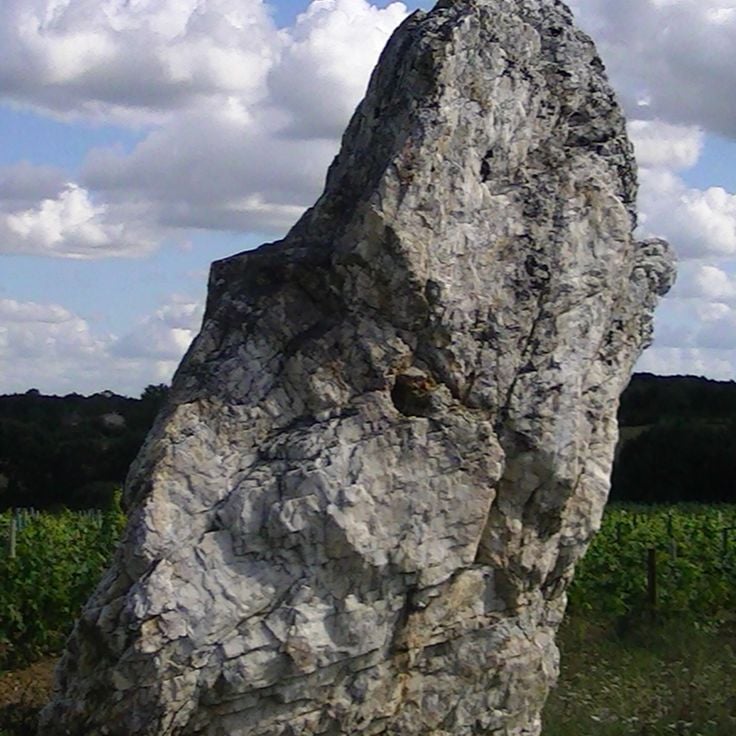
Oudon, Loire-Atlantique, France
A four meter high menhir made of white quartz, distinct from other megaliths in the region.
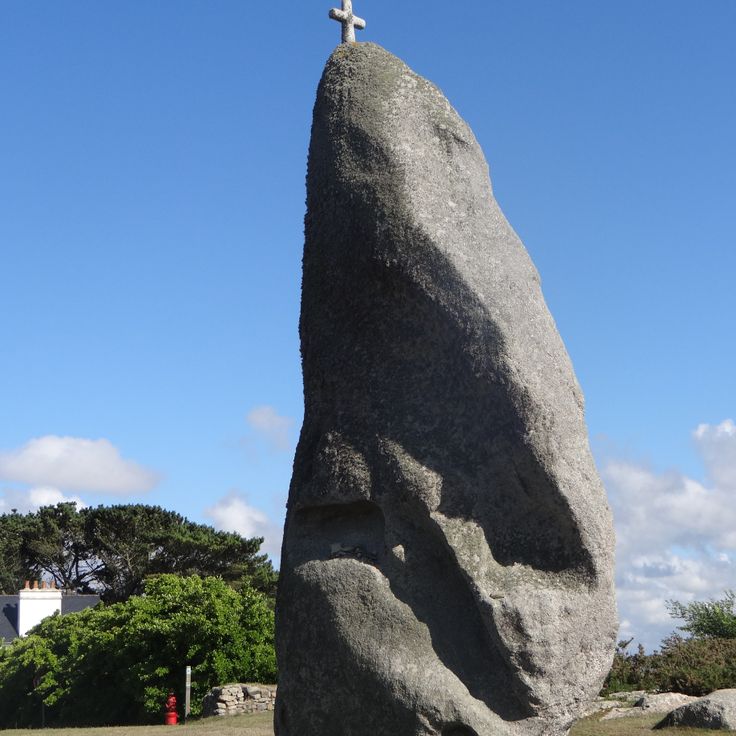
Plounéour-Brignogan-Plages, Finistère, France
This eight meter tall megalith made of grey granite was erected during the Neolithic period and still dominates the heathland landscape of Finistère with its imposing presence.

Plouharnel, Morbihan, France
This megalithic burial chamber from the fourth millennium BC consists of a horizontal capstone resting on several vertical stone pillars and was originally surrounded by an earth mound.
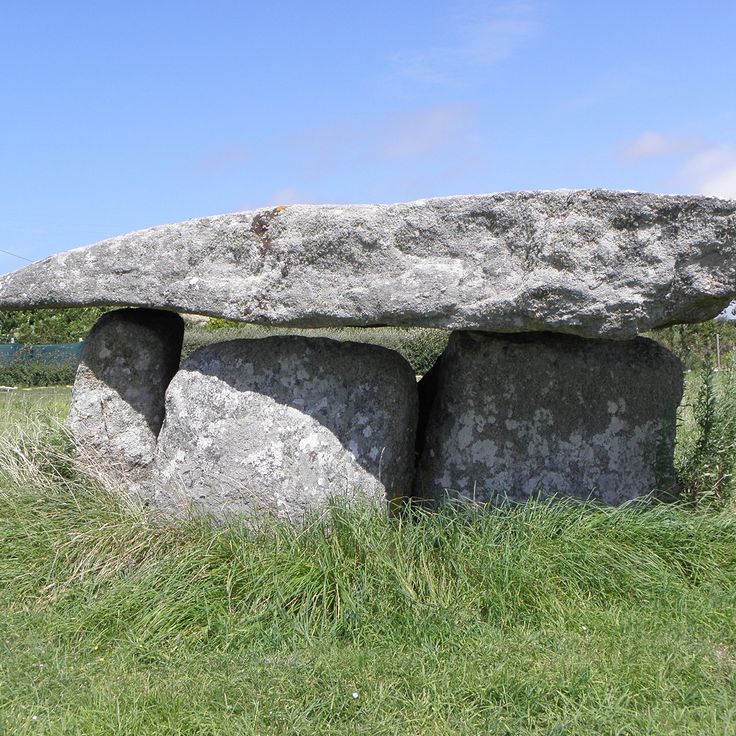
Porspoder, Finistère, France
This neolithic burial chamber consists of large stone slabs forming a rectangular chamber, partially covered by earthwork and surrounded by agricultural fields.
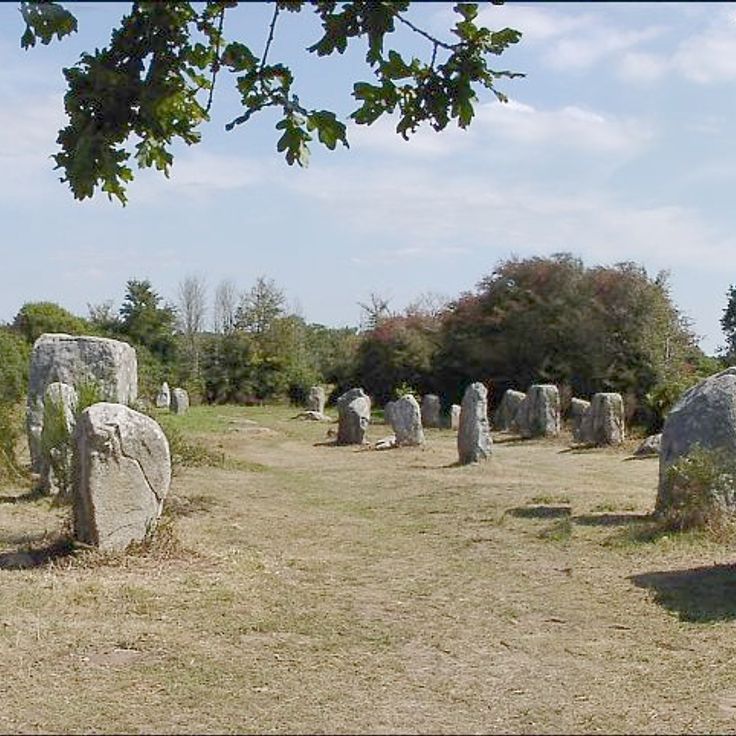
Erdeven, Morbihan, France
This neolithic stone arrangement consists of several rows of standing granite stones extending over 1200 meters with approximately one hundred menhirs of varying heights.
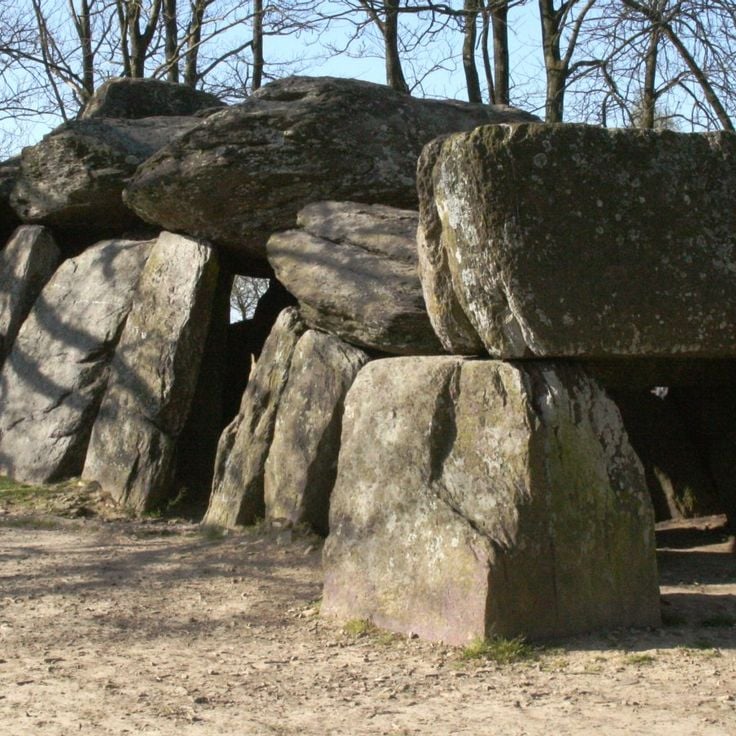
Essé, Ille-et-Vilaine, France
This neolithic gallery grave measures 20 meters long and contains 40 stone blocks, with some reaching heights of 4 meters.
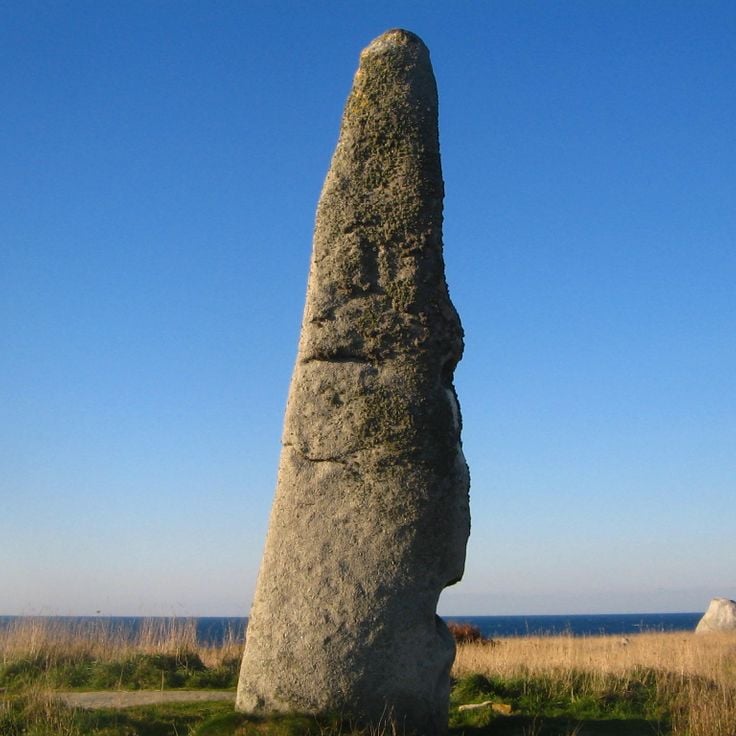
Plouescat, Finistère, France
This vertical stone monument stands in a field near the Brittany coast. The granite structure rises from flat agricultural land.
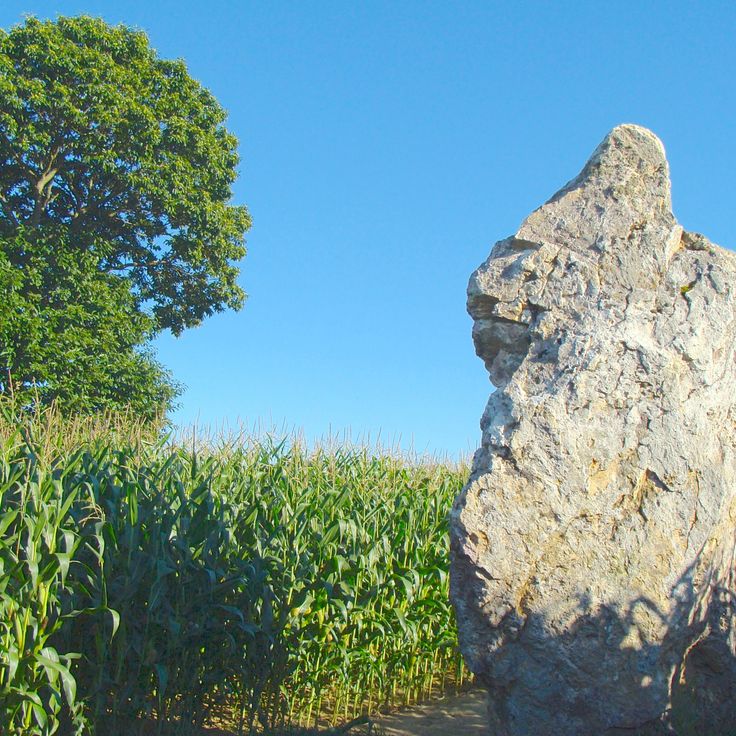
Guitté, Côtes-d'Armor, France
This 7-meter tall menhir stands on a granite base and dates from the Neolithic period.

Neaufles-Auvergny, Eure, France
This sandstone monolith reaches five meters in height and dates from the megalithic cultures of Normandy. Local tradition connects this standing stone with the legendary giant Gargantua from French literature and folklore.
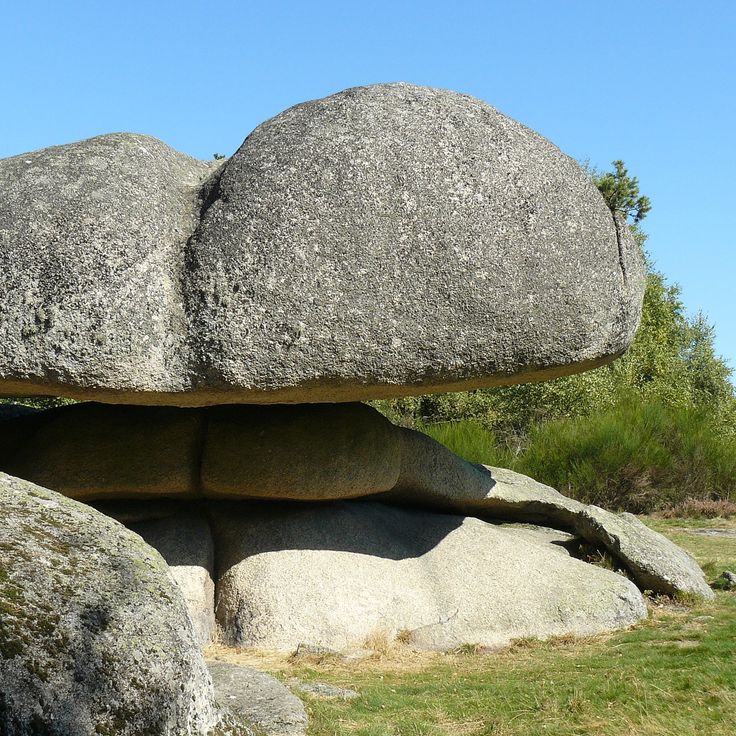
Toulx-Sainte-Croix, Creuse, France
This formation consists of fifteen natural granite blocks that have acquired their characteristic shapes through millennia of weathering and stand on a hill in the Limousin region.
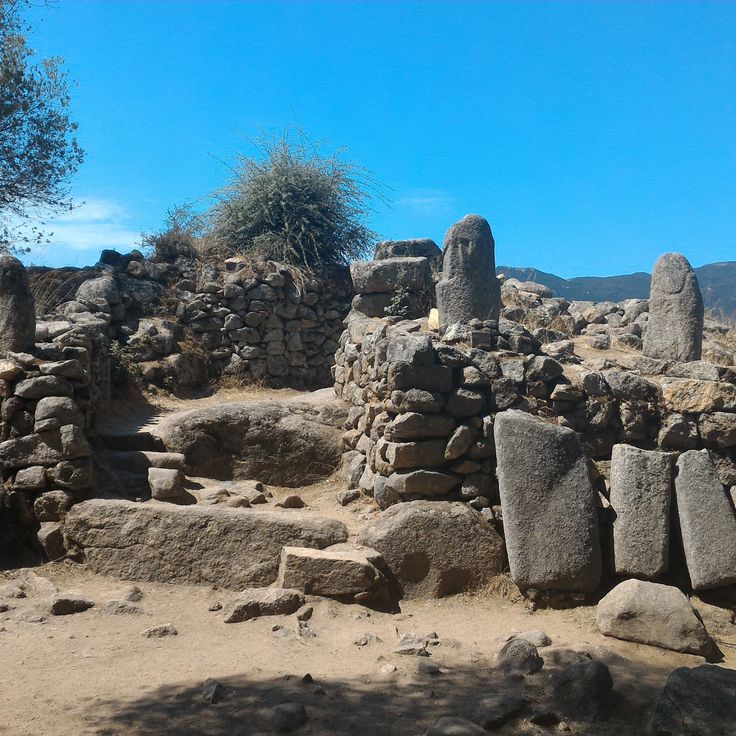
Sollacaro, Corsica, France
Collection of Bronze Age granite stones featuring carved human faces, swords, daggers and detailed armor representations on the monumental stone blocks.
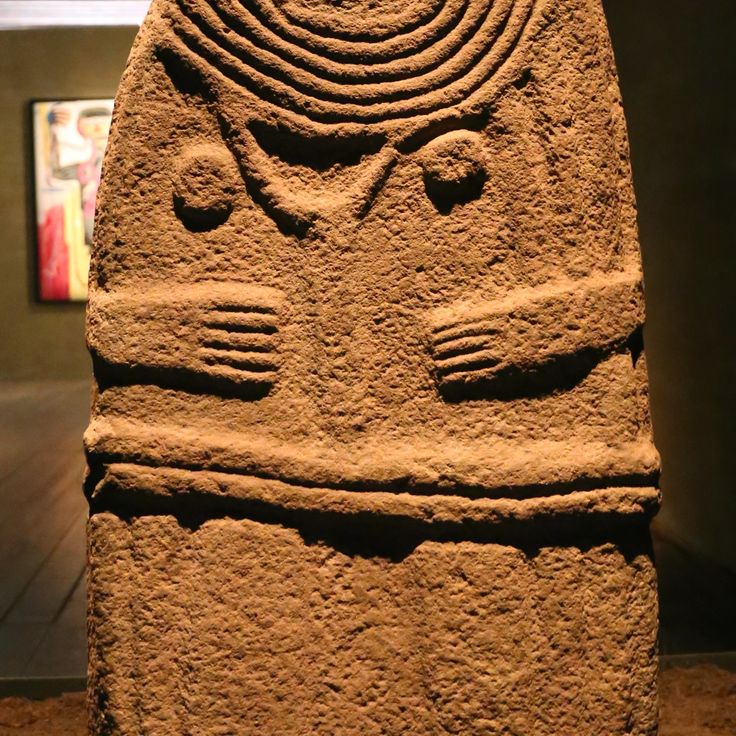
Saint-Sernin-sur-Rance, Aveyron, France
Single granite stone standing 4 meters tall in the Aveyron department. Local folklore connects it to ancient fertility rituals.
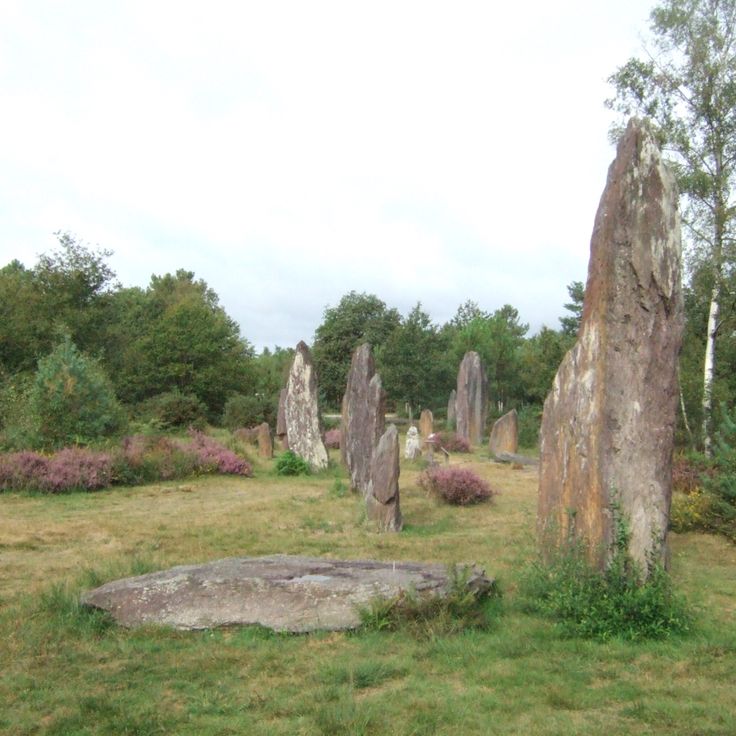
Monteneuf, Morbihan, France
Collection of 420 granite stones arranged in parallel lines across 10 hectares. The site dates from 4500-3500 BCE.
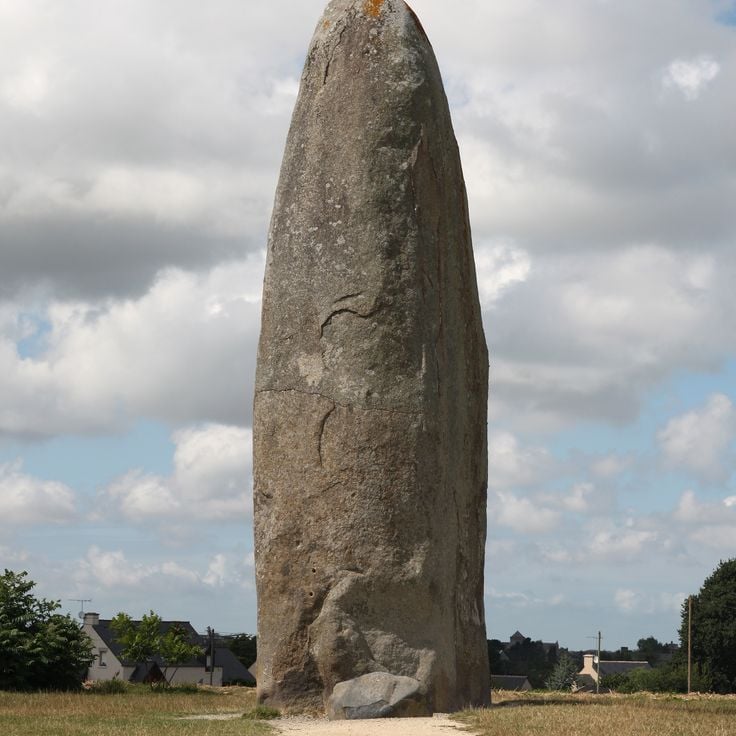
Dol-de-Bretagne, Ille-et-Vilaine, France
Granite monolith measuring 9.3 meters above ground and extending 3 meters below. This Neolithic stone weighs approximately 100 tons.
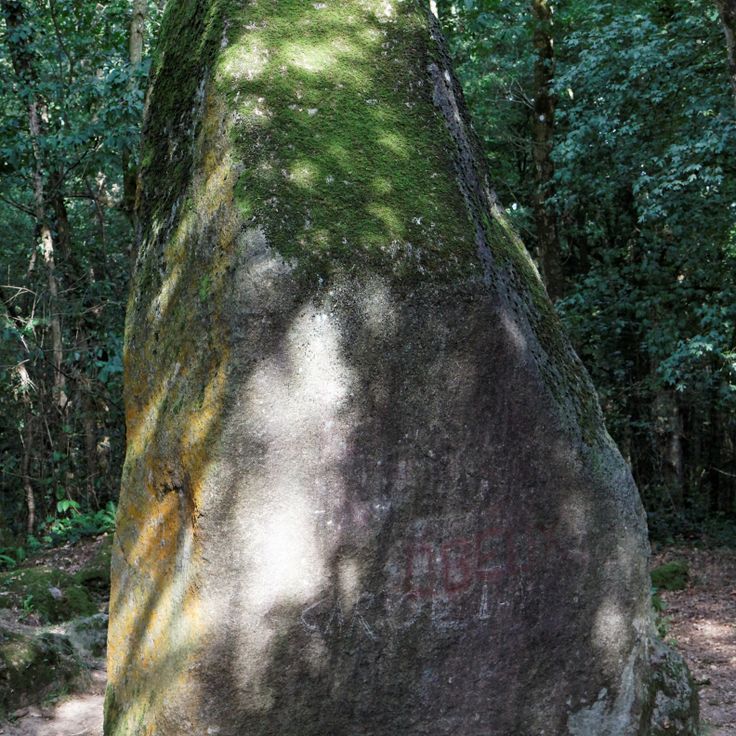
Lamballe-Armor, Côtes-d'Armor, France
Neolithic stone monument featuring carved patterns and symbols on its surface. Archaeological studies date the engravings to 3000 BCE.

Plouarzel, Finistère, France
This granite monolith stands 9.5 meters tall and weighs approximately 150 tons. The stone dates from the Neolithic period around 4000 BCE.
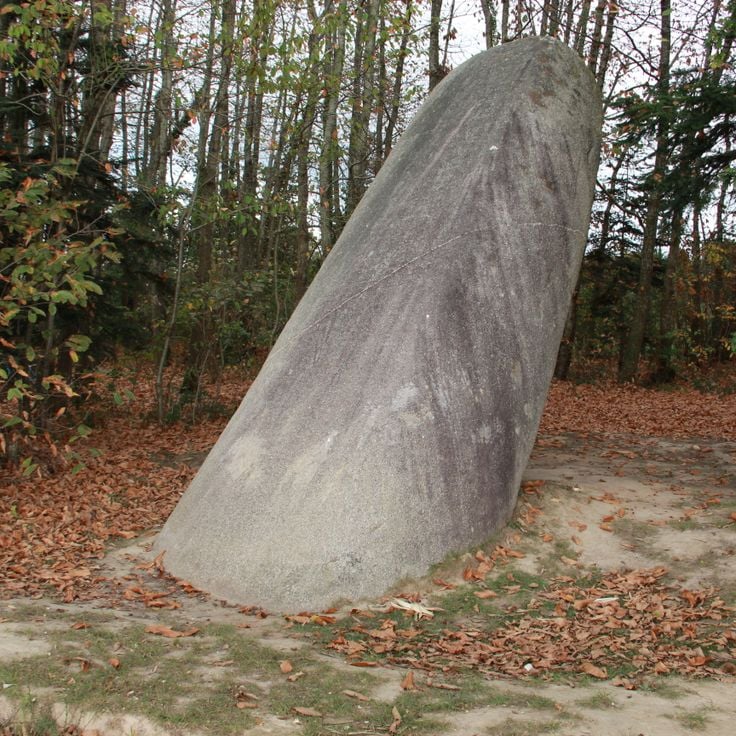
Saint-Samson-sur-Rance, Côtes-d'Armor, France
This granite stone features geometric patterns and symbols carved into its surface. It measures 4 meters in height and dates from 3500 BCE.
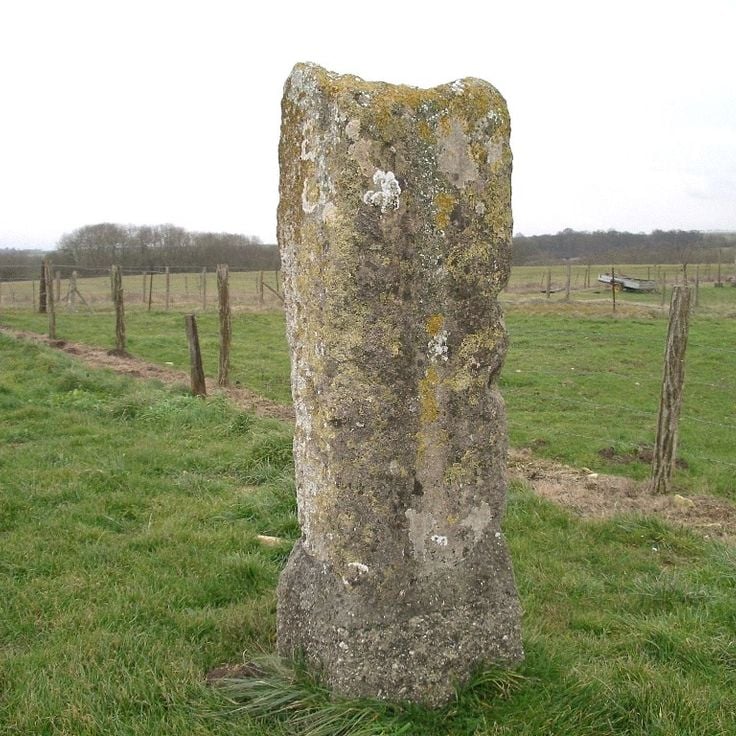
Colombiers-sur-Seulles, Clavados, France
This 5-meter tall stone stands on an elevated position 30 meters above sea level. It marks an ancient gathering point visible from the Atlantic coast.
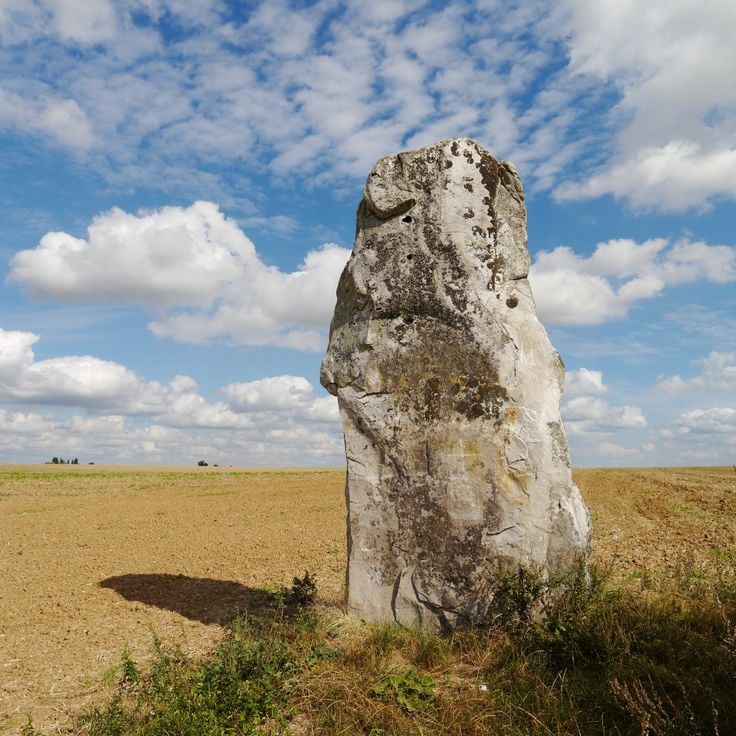
Milly-la-Forêt, Essonne, France
This upright stone block reaches a height of 3.5 meters and consists of local sandstone material. It was erected during the Bronze Age around 2000 BCE and stands on Mont Auxois.
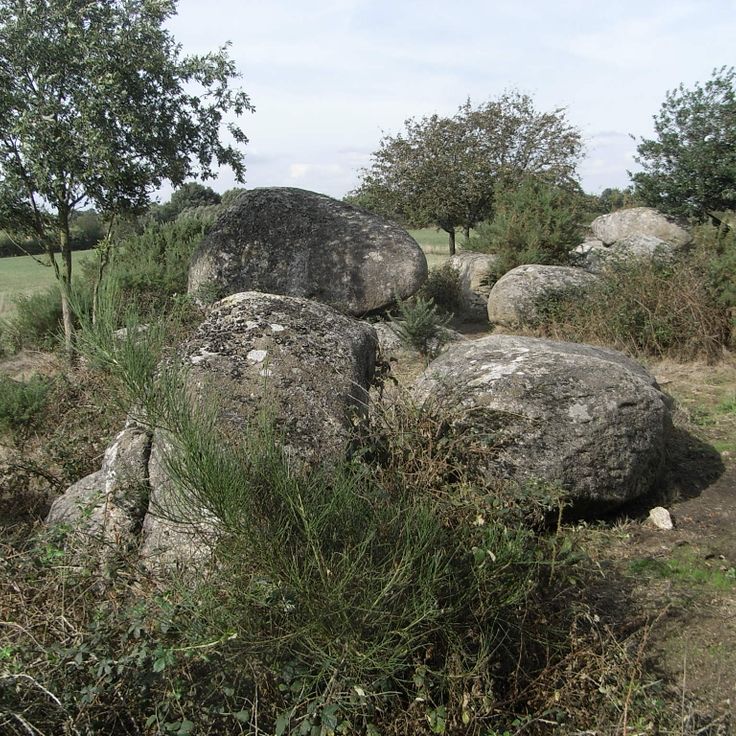
Sèvremoine, Maine-et-Loire, France
This granite monument reaches a height of 7.3 meters and was erected during the Neolithic era. The massive stone block weighs approximately 37 tons and displays characteristic movement properties.